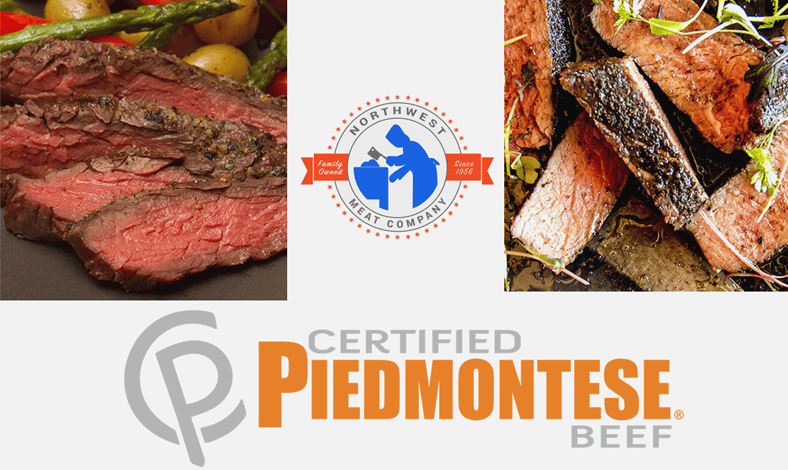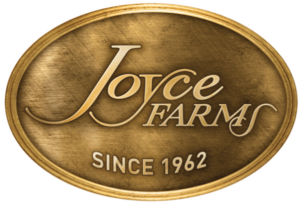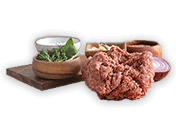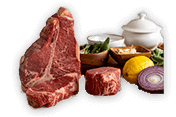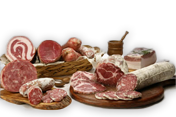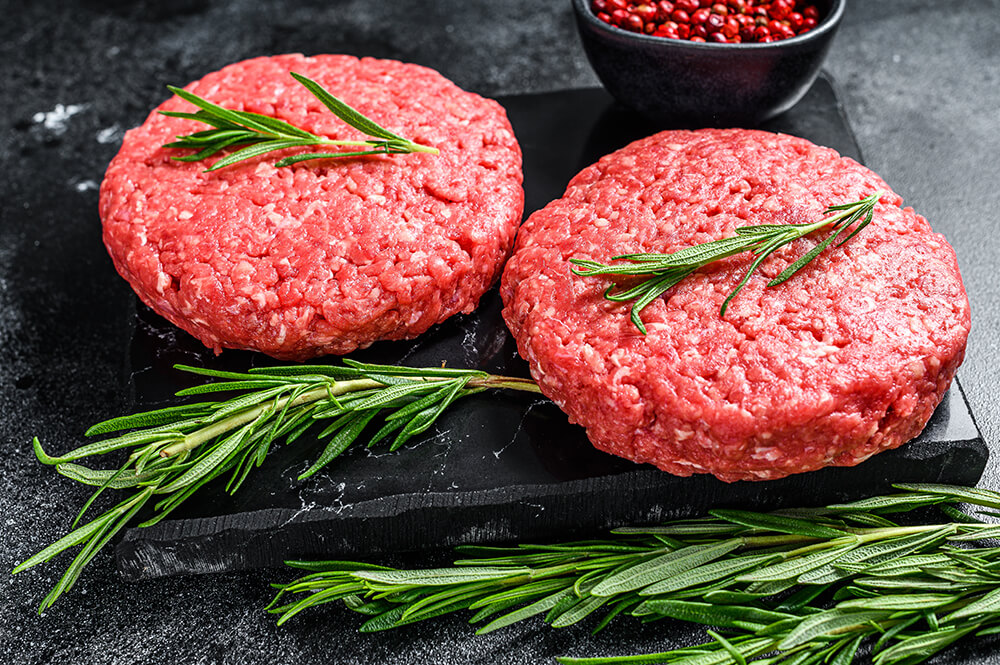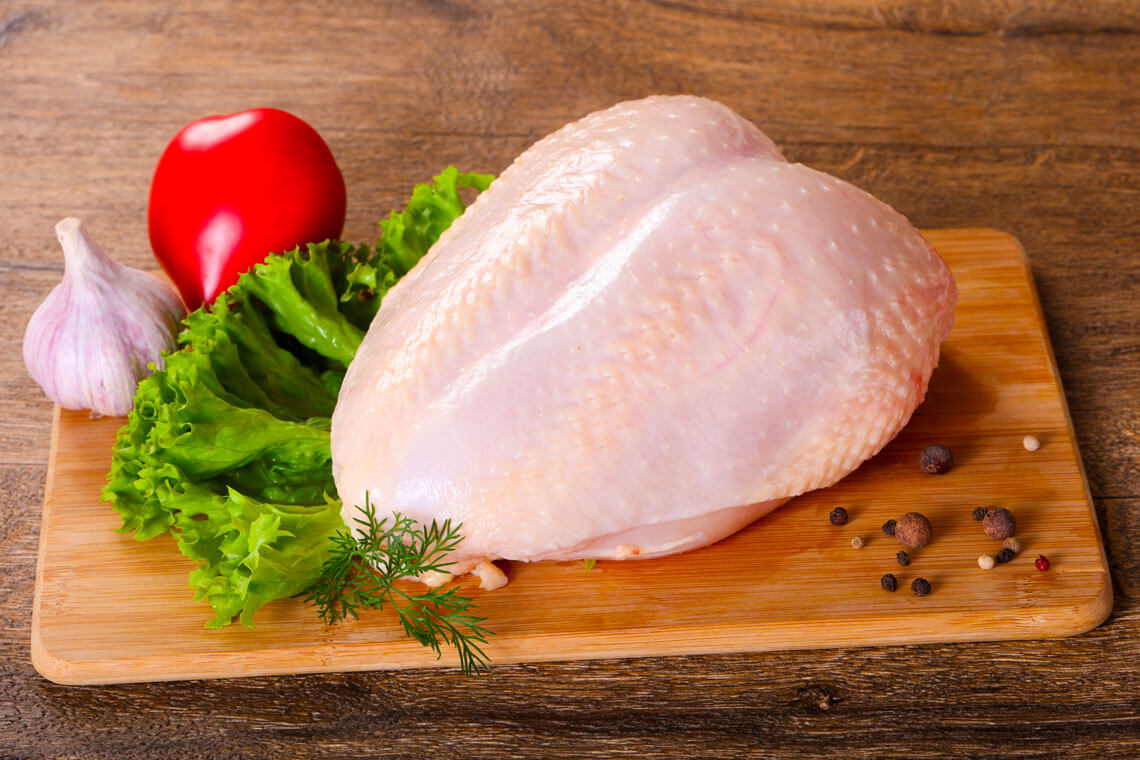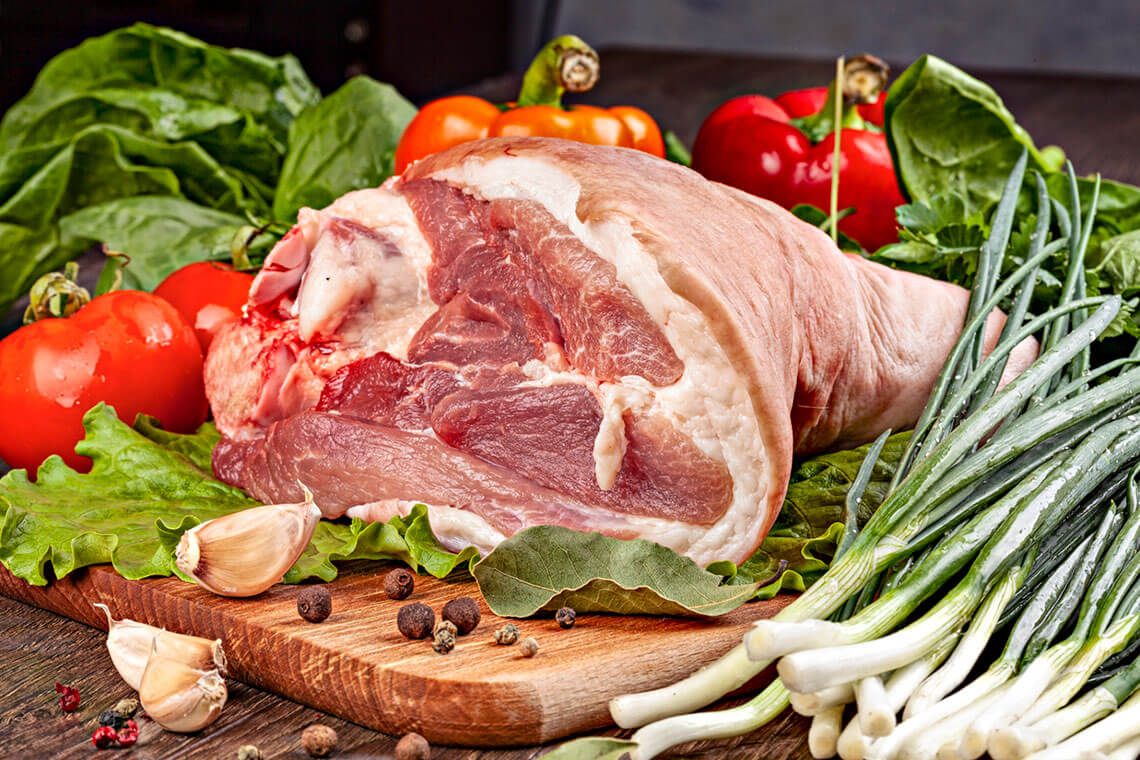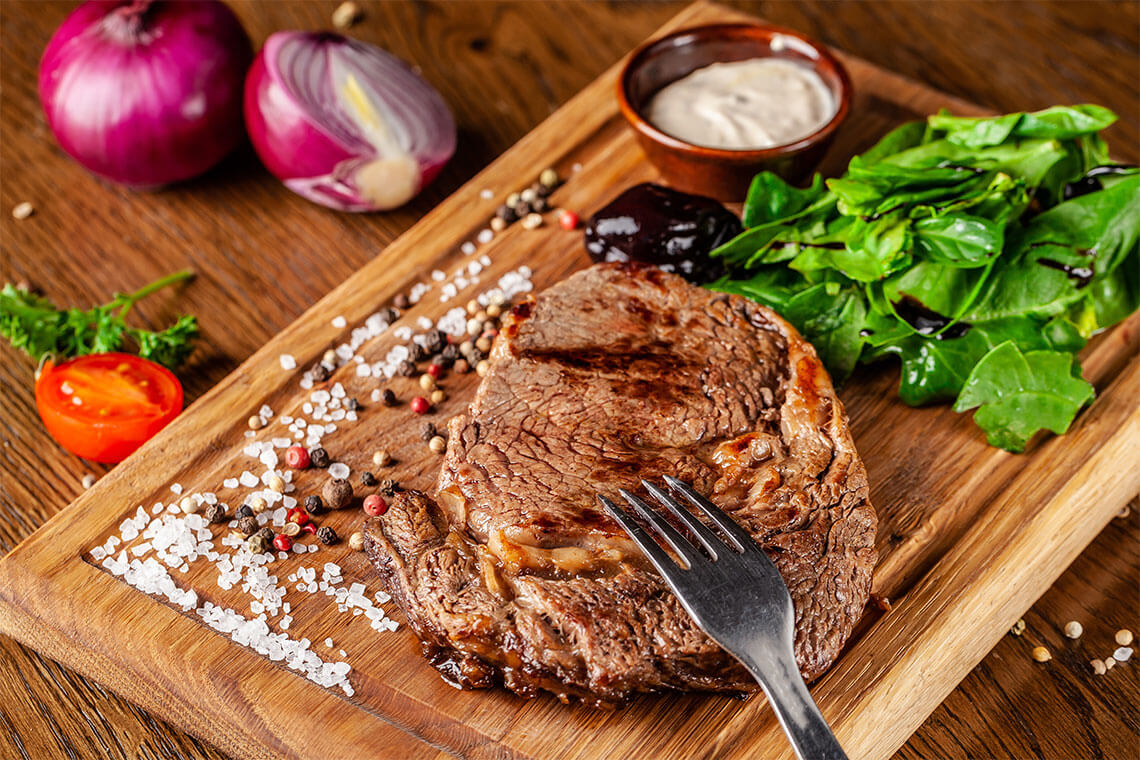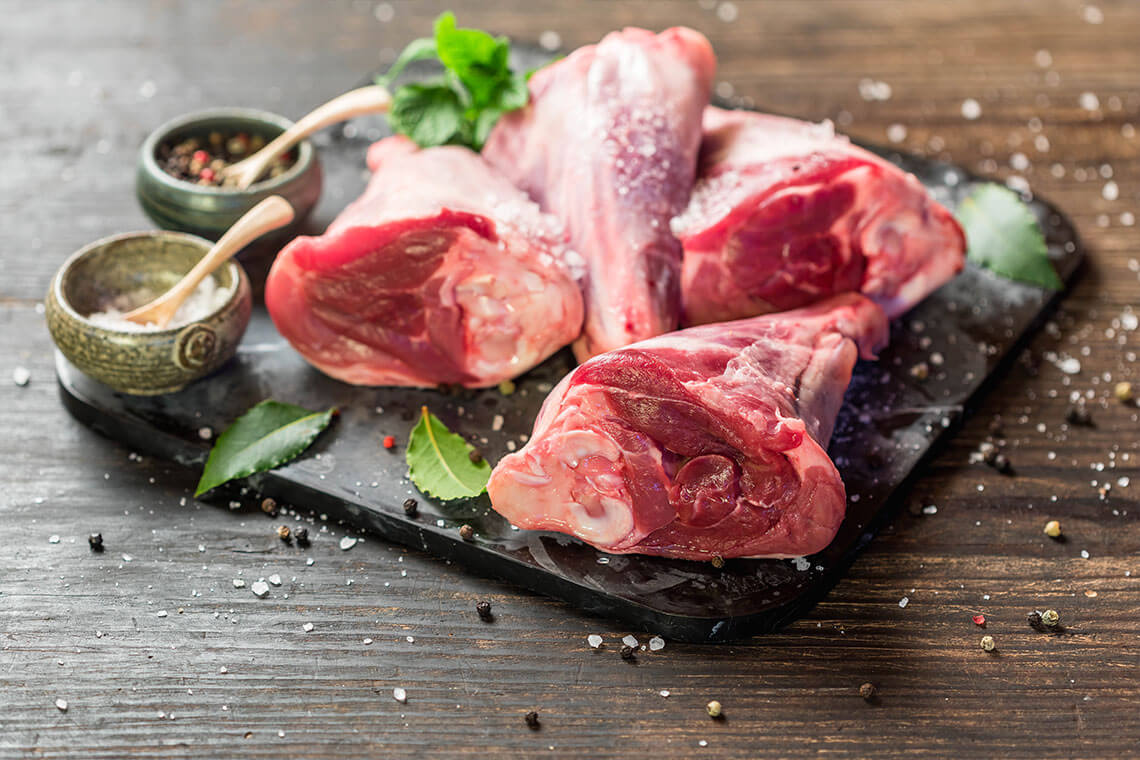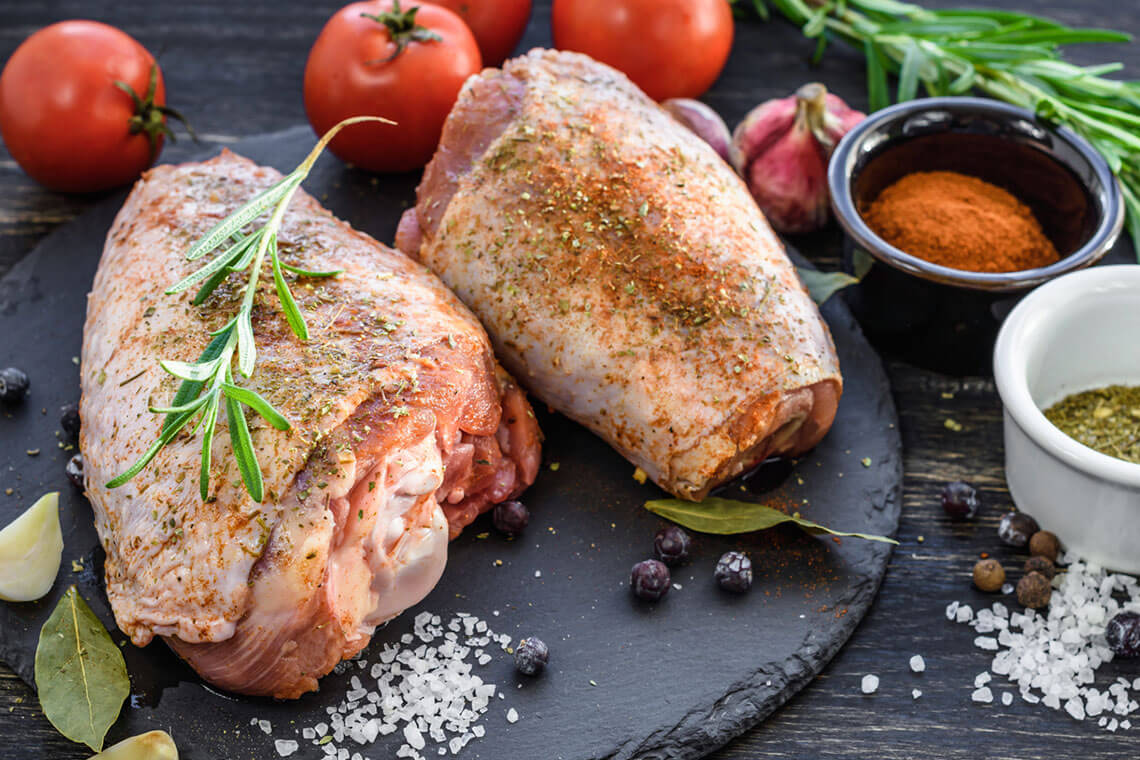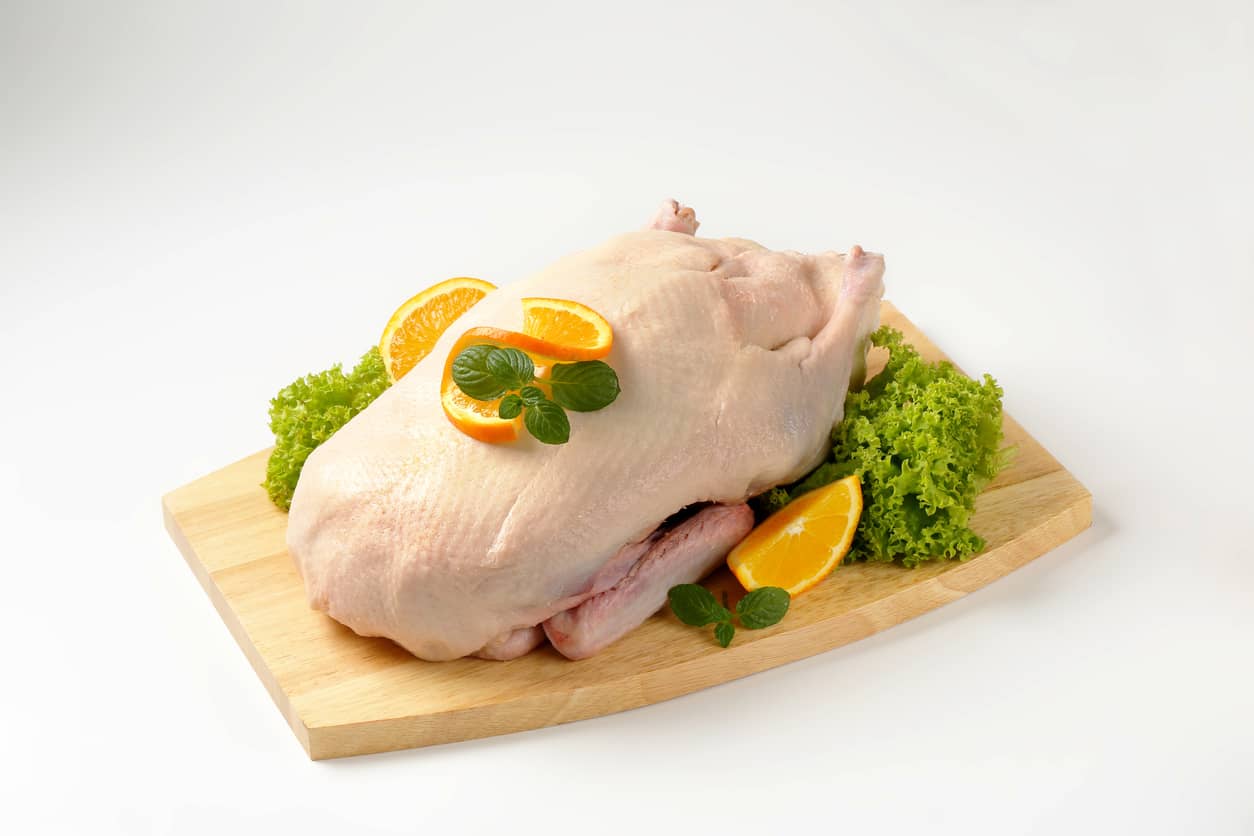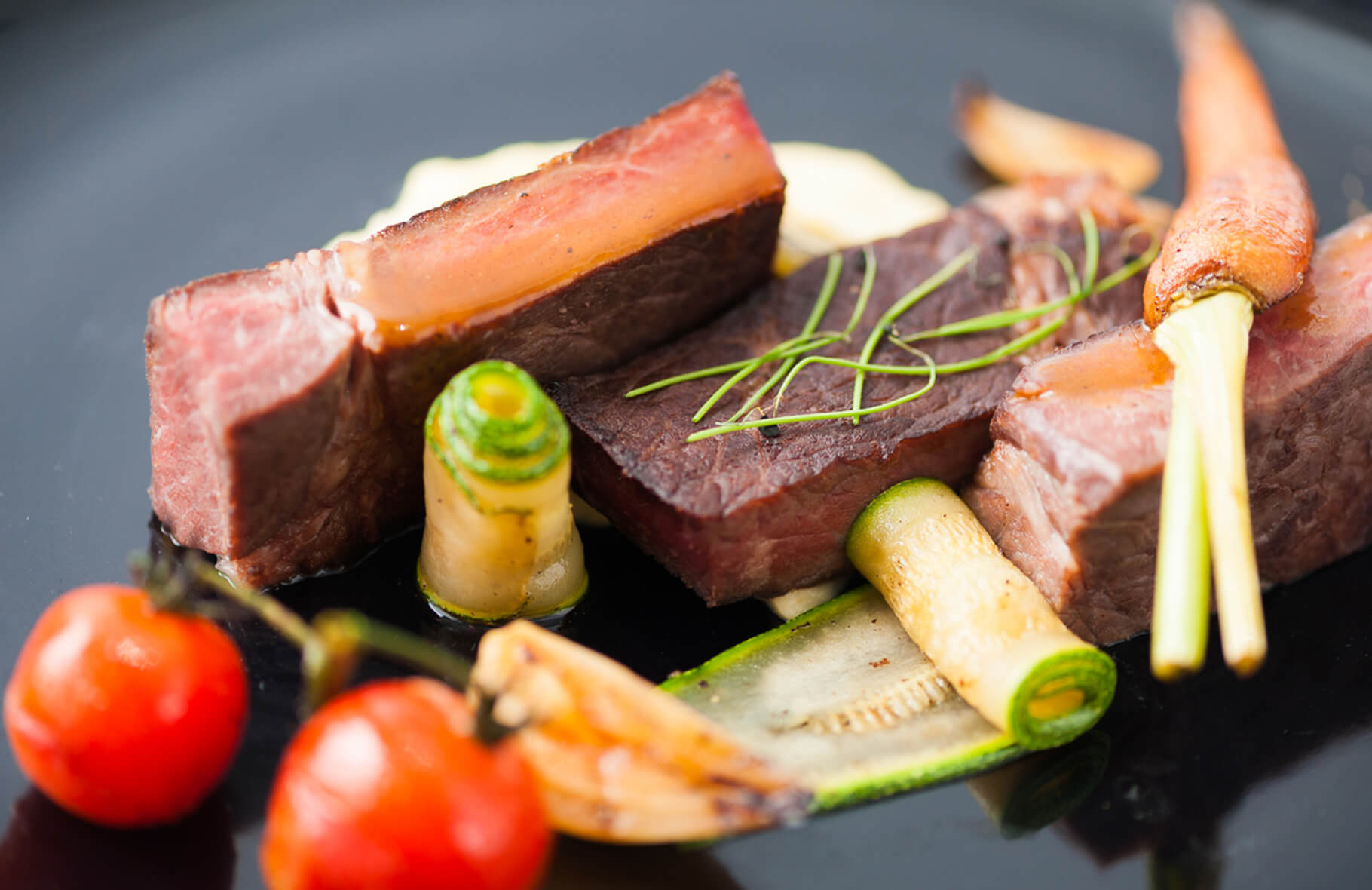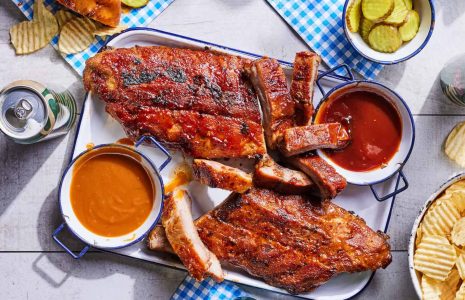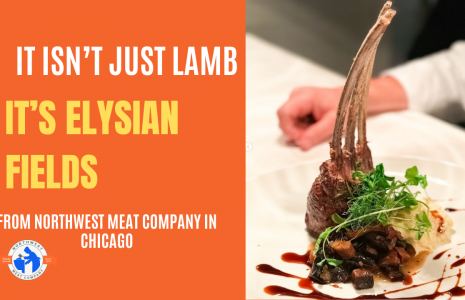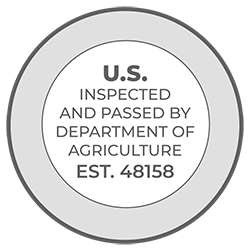If you have spent any time in a steakhouse, you have likely seen the words “dry-aged beef” and “wet-aged beef” thrown around a lot. Maybe you know what these terms mean and maybe you don’t, either way, the steak you ordered was probably delicious anyway. However, when it comes to dry-aged beef vs. wet-aged beef, it’s important to realize that each brings something different to the table and it is good to know these terms if you enjoy quality steaks on a regular basis.
It all starts with the science behind each of the techniques. If you are looking for some steak trivia to impress your friends with or if you are interested in entering the world of steak preparation yourself, it is important to know the salient differences between these methods. If done properly, both can bring out the best of a quality piece of steak though wet-aged beef and dry-aged beef both have a distinct finished product with unique culinary qualities.
Let’s look a little closer at what goes into dry-aged beef and wet-aged beef as well as some of the key differences between the two styles:
Wet-aged vs. Dry-aged Beef
The Delicacy Of Dry-Aged Beef
Dry-aged beef is actually something of a delicacy. It usually requires an investment into some basic equipment including either a designated room or cabinet/refrigerator that can be used to keep the temperature and humidity at a certain level. The most important aspect of the dry-aging process is keeping the environment controlled at a constant optimal level. This is usually done in a darkened room and without wrapping the meat in packaging, which differs from wet-aging, as we will see below.
In these conditions, the meat magic takes place. What occurs during the dry-aging process revolves around the behavior of natural enzymes in the beef. These substances (also known as calpains) work to break down the connective tissue in the beef. This results in a more tender finished product. Moisture is also monitored during the dry-aging process. Preventing too much from evaporating off of the beef keeps the natural flavor of the product and makes it much more concentrated.
As you might expect, the dry-aging process takes some time to reach its full potential. Most would agree that at a bare minimum, dry-aged beef should be dry-aged for at least thirty days. Having said that, many dry-aged products are aged for much longer periods of time. As a general rule, longer dry-aging times will produce a more intense meaty and almost nutty flavor in the beef.
If you are new to this type of beef preparation, try a steak that has been aged somewhere around the thirty-day mark. If you find you enjoy it, then experiment with more advanced dry-aged creations.
Wet Your Appetite With Wet-Aged Beef
Wet-aged beef differs from the dry-aging process in several important ways. If you have ever had “aged” beef before, there is a good chance that it was produced using this technique. As with dry-aging, wet-aging involves the tenderization of quality beef cuts using the natural enzymes found right in the beef itself.
The difference is that with wet-aging the beef cuts are put into plastic bags and sealed. This serves to keep the beef from being swarmed by bad bacteria which would otherwise spoil the product. The sealed plastic bag also retains all of the moisture in the beef. The cuts are then placed into a refrigerator for several weeks until the natural aging process is complete.
Despite the name, wet-aged beef is not marinated or soaked in anything beyond the juices of the meat itself. Another key difference is that the wet-aging process is much quicker. Typically, it takes only a week (minimum) but up to six weeks to achieve a delicious wet-aging effect.
Whereas dry-aged beef exhibits a very strong flavor that is loved by many, the wet-aging process is mostly about the tenderization of the meat. While flavors will indeed develop somewhat during the wet-aging process, they are not nearly as intense as with dry-aging.
Don’t Forget To…
Make sure the cuts of beef you are using for both dry- and wet-aging processes are of an appropriate type. What this means is that the cuts should have a reasonable amount of fat and marbling on them. This includes ribeyes, short loin, and striploin. Using cuts that are too lean will lead to a tougher finished result, so avoid using filets without the fat!
Explore The World Of Aged Beef
Whether you are planning to make some new steak recipes yourself or whether you simply want to know what you are ordering at the steakhouse, you can now confidently explain the dry and wet-aging processes to anyone who will listen. Experiment with these methods and try different cuts of meat to make something delicious. The first step, though, is sourcing some quality beef!
We invite you to try one of our client restaurants in Chicago who have excellent dry-aged and wet-aged options.
Check out our wholesale premium Dry-aged Beef and Wet-aged Portion Cuts and bring the wow factor to your table. With our aged beef, you can be sure that your clients will have a unique and delicious cut of meat that they can truly enjoy.
